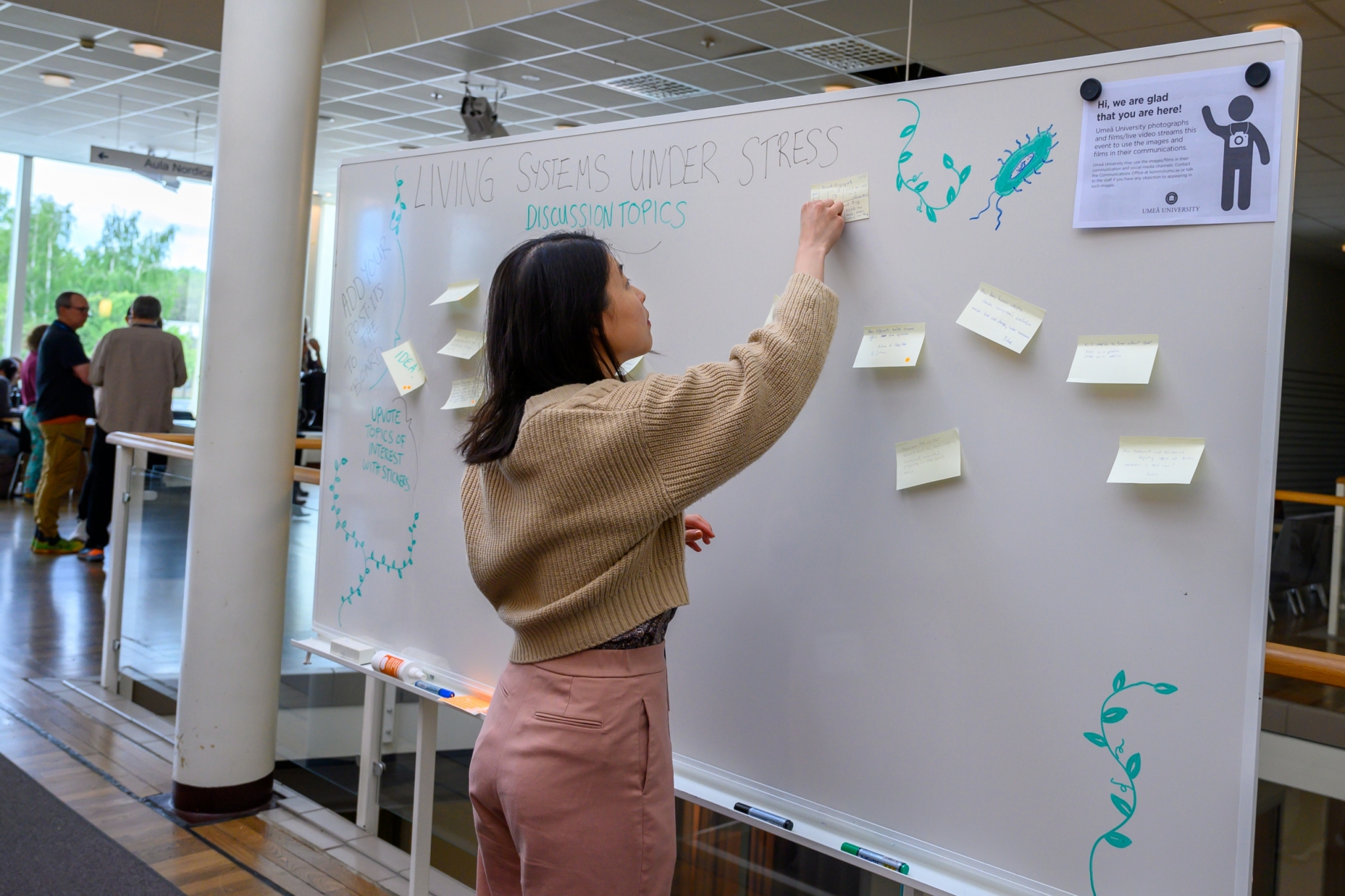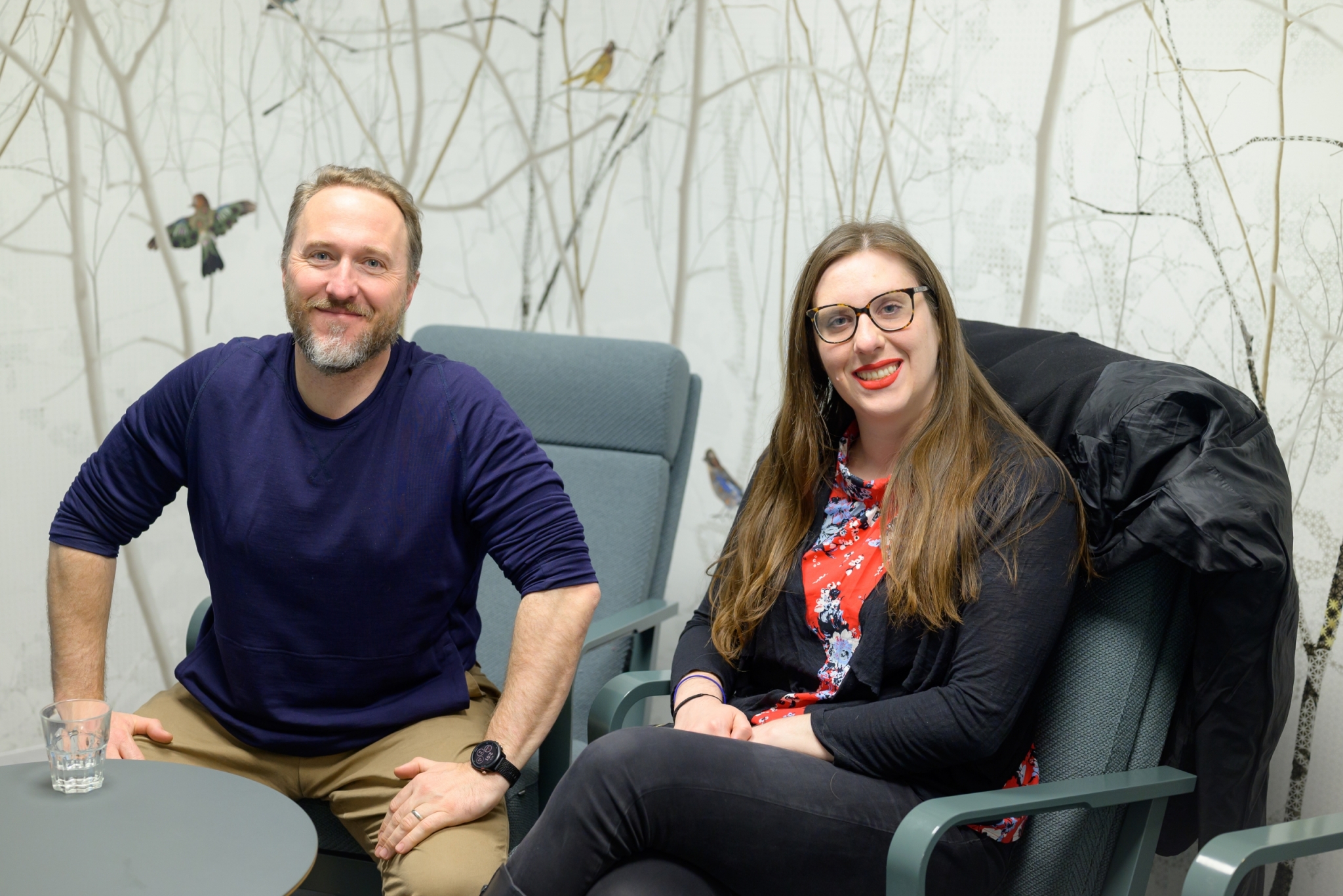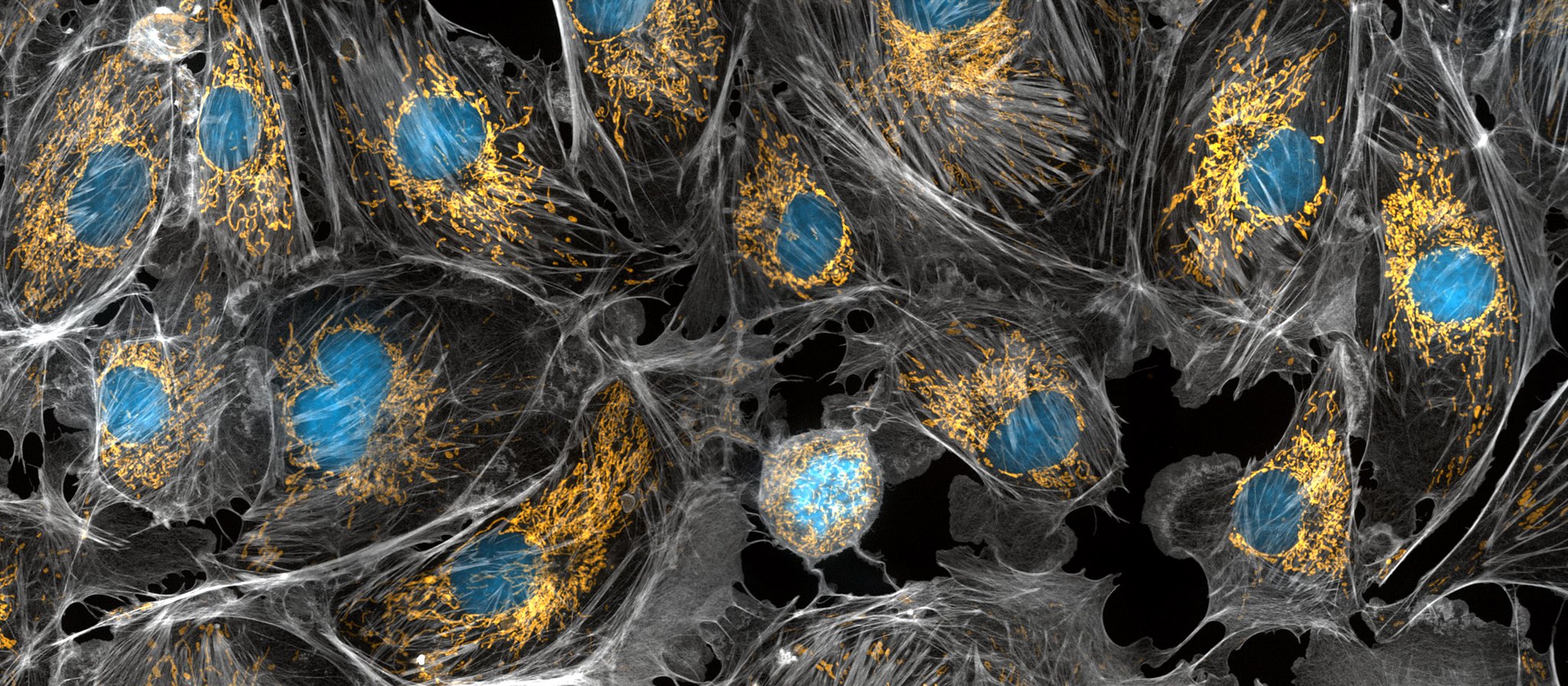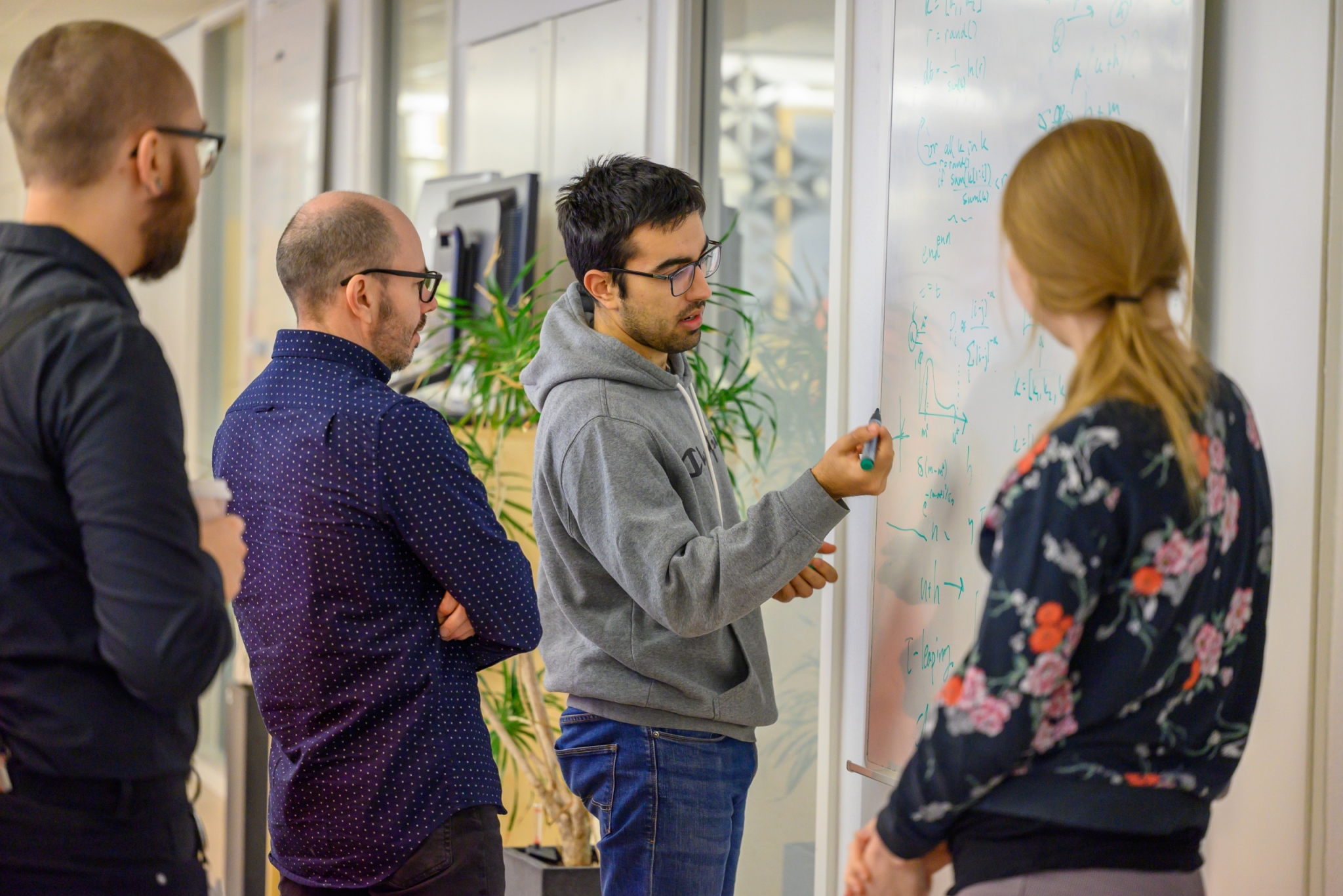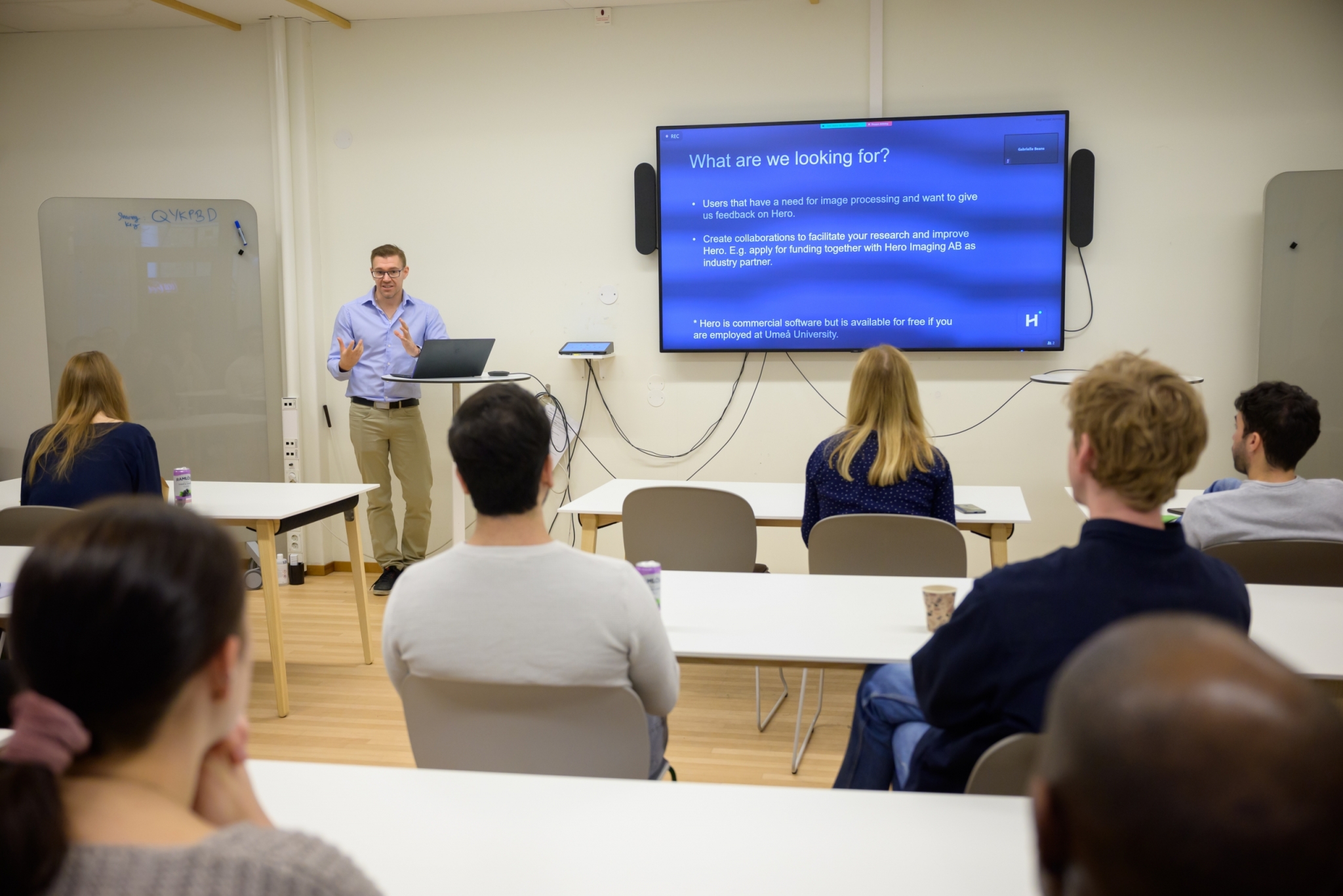Profile
I am a Professor in physical geography with a focus on aquatic biogeochemistry. My research focus on impacts of climate change on the biogeochemistry and ecology of high latitude aquatic ecosystems. Part of the research study the magnitude and control of greenhouse gas exchange and carbon burial in aquatic systems, and another part study the control of productivity and resources use in food webs. The research includes mainly boreal-arctic lakes and streams/rivers and is based on a range of approaches, including comparative studies along climate and permafrost gradients, experimental studies where different environmental stressors are manipulated, and modelling.
Current Projects
The Latest Posts
This Icelabber hasn’t posted yet, so have a look at some other posts!


